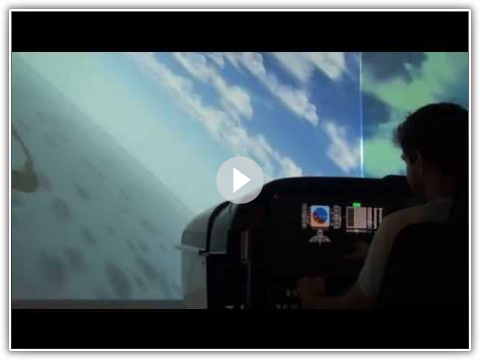Despite the many contributions of automation to aviation safety and efficiency, the problems associated with technology-centered rather than human-centered automation are well known: decreased pilot situation awareness, deterioration of manual piloting skills, difficulties pilots experience when trying to jump back into the loop when needed, and so forth. We have developed a prototype architecture for human-automation interaction that reverses their typical roles: in our design, the automation “looks over the shoulder” of the pilot and jumps into the loop when needed, rather than the other way around (the latter being the dominant approach in most modern commercial aviation aircraft). Our ultimate goal is to prevent aircraft loss-of-control (LoC) incidents or accidents. The architecture exploits the LoC prevention algorithm proposed by Wilborn and Foster (2004). This quantitative definition is based on a set of five two-dimensional envelopes relating to critical flight parameters that account for aircraft flight dynamics, aerodynamics, structural integrity, and flight control use. In our architecture, the LoC algorithm is used to both present the pilot with a graphical cockpit display depicting aircraft state in relation to these safety envelopes in passive mode (i.e., depicting behavior-shaping constraints), and, in active mode, to also compensate for ineffective pilot inputs that would cause aircraft LoC. The next stage of the project will be the design and execution of pilot-in-the-loop experiments in our flight simulator to assess the impact of our human-centered approach to coupling humans and automation. In our flight simulator, the instrument panel was designed to represent the critical flight parameter ranges for a medium sized transport category aircraft; for this purpose, the closest match to the flight aerodynamics software used was the Boeing model 757. Future research will consider applications in related areas such as medicine and highway transportation, where automation is increasingly being implemented, in some cases, with less than adequate concern for what is known about how to do so in a human-centered fashion. Generally, we are striving to achieve levels of efficiency, safety, and performance exceeding what can be attained by either unaided human performance or automation acting alone, rather than in concert.
Designing Human-Centered Automation and Cockpit Displays to Enhance Pilot Situation Awareness.

